Same Day Shipping EMI & COD on most products
Trusted Partner Since 1969
GST B2B Billing  Help
Help  00919699976817
00919699976817
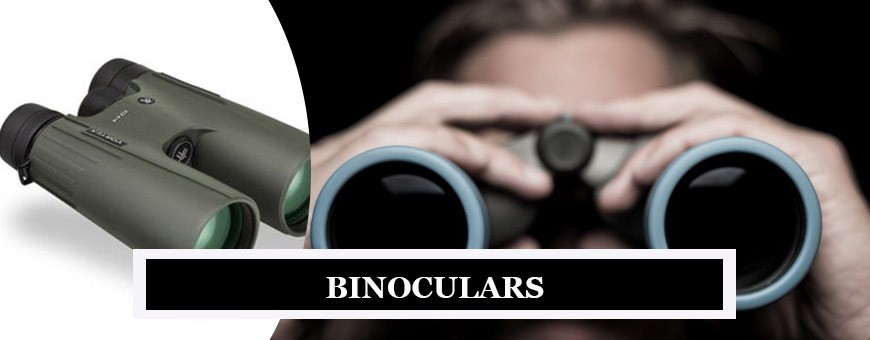
Showing 1–24 of 119 results
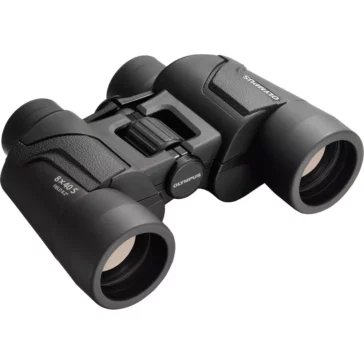
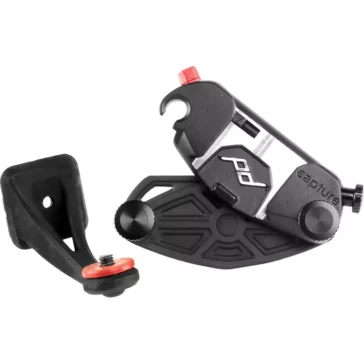
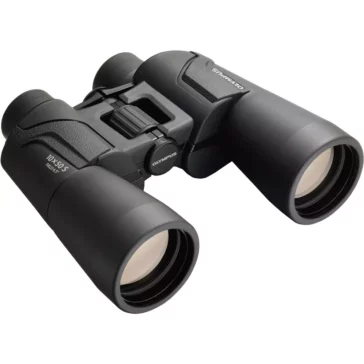
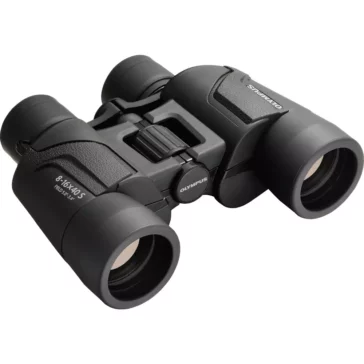
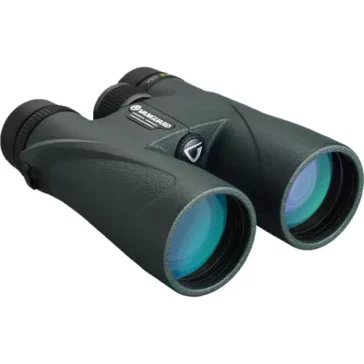
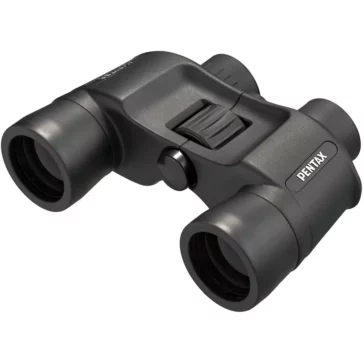

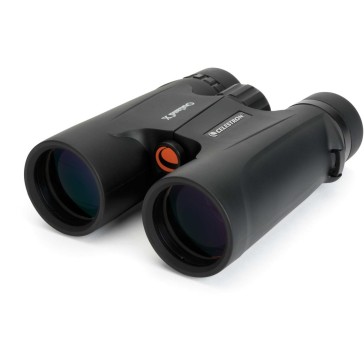
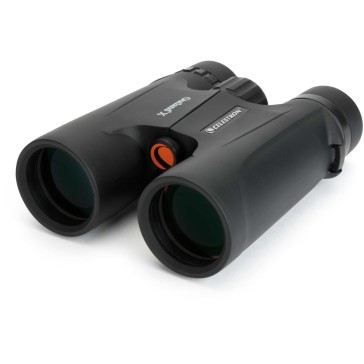
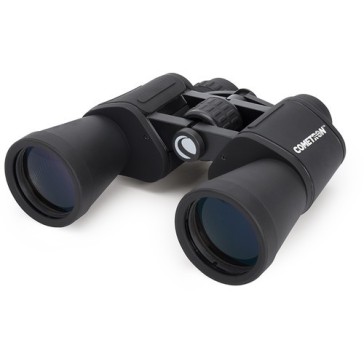
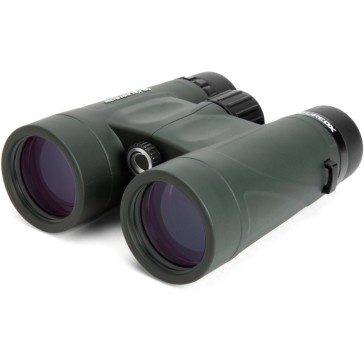
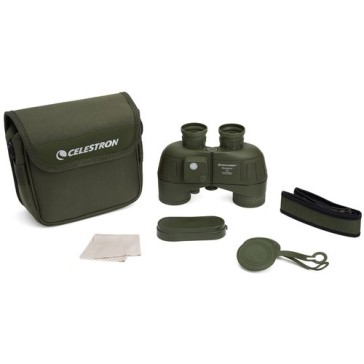
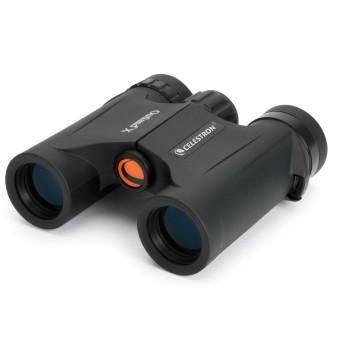
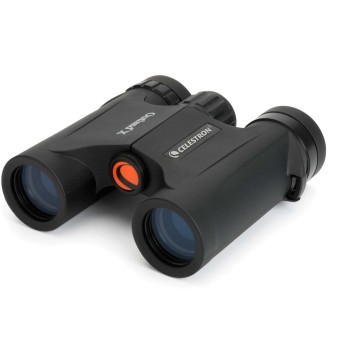
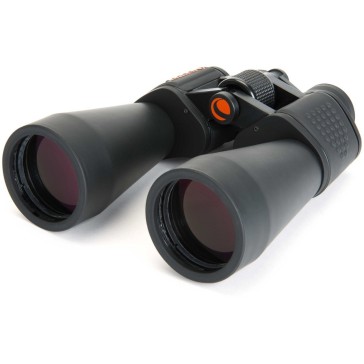
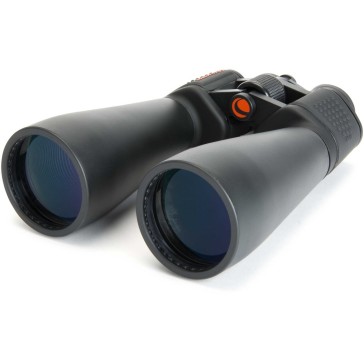
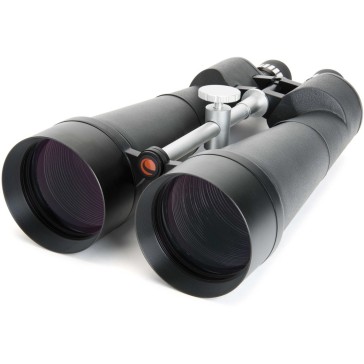
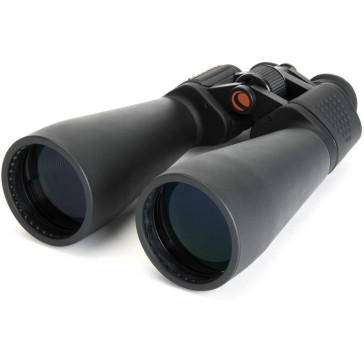
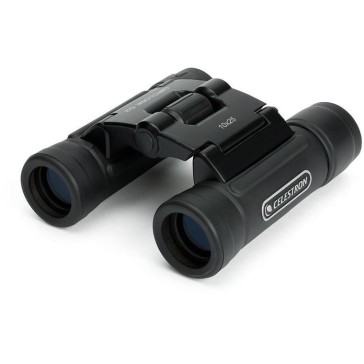
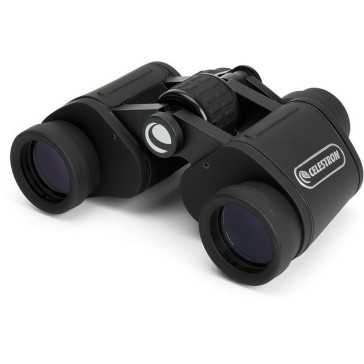
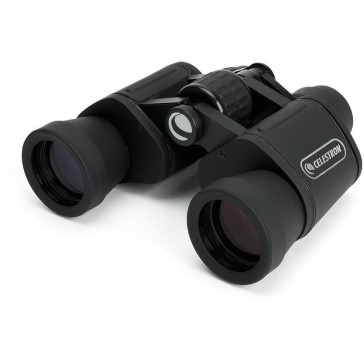
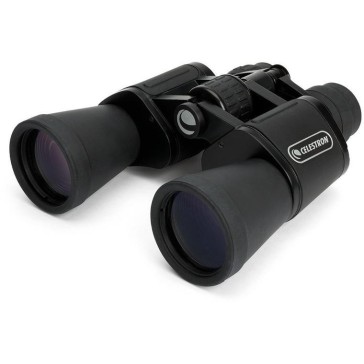
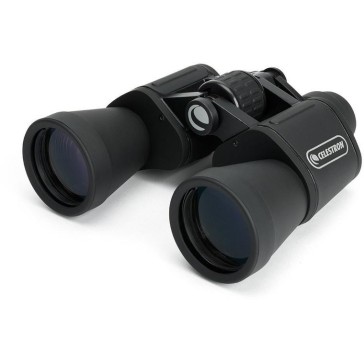
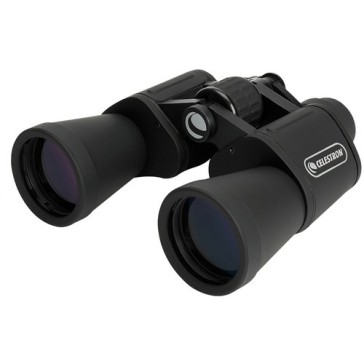
The Comprehensive Guide to Binoculars and Monoculars
In the vast realm of optical instruments, binoculars and monoculars stand out as essential tools for various activities, from birdwatching to stargazing. Whether you’re an avid outdoorsman, a sports enthusiast, or just someone who appreciates a closer look at the world, these devices can significantly enhance your viewing experience.
1. Understanding the Basics:
At their core, both binoculars and monoculars function by magnifying distant objects, bringing them closer to the viewer’s eye. While binoculars utilize two eyepieces to provide a stereoscopic view, monoculars use just one, offering a more compact viewing solution.
2. The Anatomy of Binoculars:
Binoculars consist of two aligned telescopes. The primary components include the objective lens (captures light), the eyepiece (where you look through), and prisms (which correct and orient the image). The combination of these elements provides a clear, magnified image.
3. Monoculars – The Compact Alternative:
Monoculars are essentially half a binocular. They are lightweight, easy to carry, and perfect for situations where quick, one-handed viewing is required. Despite their size, they can offer impressive magnification and clarity.
4. Magnification and Objective Lens Diameter:
When selecting binoculars or monoculars, you’ll often see numbers like 8×42 or 10×25. The first number indicates the magnification, while the second denotes the objective lens diameter in millimeters. A higher magnification provides a closer view, while a larger lens diameter allows more light, resulting in a brighter image.
5. Field of View:
This refers to the width of the area seen through the device and is usually measured in feet at a thousand yards or meters at a thousand meters. A wider field of view is beneficial for tracking moving objects.
6. Focus Mechanisms:
Both binoculars and monoculars come with focus mechanisms, allowing users to adjust the clarity based on the distance of the object being viewed.
7. Applications and Uses:
From birdwatching, hiking, and sports events to concerts, theater, and stargazing, these optical devices cater to a wide range of activities. They are also used in military and marine applications.
In conclusion, binoculars and monoculars are invaluable tools that enhance our ability to observe the world around us. Whether you’re exploring nature, enjoying a sports event, or gazing at the stars, these devices ensure you don’t miss a thing.
The main difference lies in the number of eyepieces. Binoculars have two eyepieces providing a stereoscopic view, while monoculars have one, offering a more compact viewing solution.
The objective lens diameter determines the amount of light the device can capture. A larger diameter results in a brighter image, especially beneficial in low-light conditio
Both have their merits. Binoculars offer a more immersive experience with a wider field of view, while monoculars are lightweight and quick for spotting. The choice depends on the user’s preference.
Use a soft lens brush to remove debris. For smudges, use lens cleaning solution and a microfiber cloth. Store in a dry place to prevent fungal growth.



Most units are shipped same day using professional courier services with tracking.
We work round the clock to ensure you get the highest level of customer satisfaction.
Well packed, Sealed Units are shipped from our warehouse which are waterpoof & sturdy.
Design Info
GST: 27AYUPJ2628P1ZK
No.1, Saremals, Shastri Hall Building,
Nana Chowk, Grant Road West,
Mumbai 400007, Maharashtra, India
New Delhi Branch – South Ex 2, 110049
Also Ships DAILY from Brisbane, Dubai,
Berlin, Barcelona, Detroit & Vancouver.
Connect online / schedule a demo
Call/WhatsApp: +91-9699976817
Email: [email protected]
Live Chat: Business Hours
Follow Us: @designinfo.in
Copyright © 2014-2022 Design Info All Rights Reserved. Feedback on web experience
Since 1969